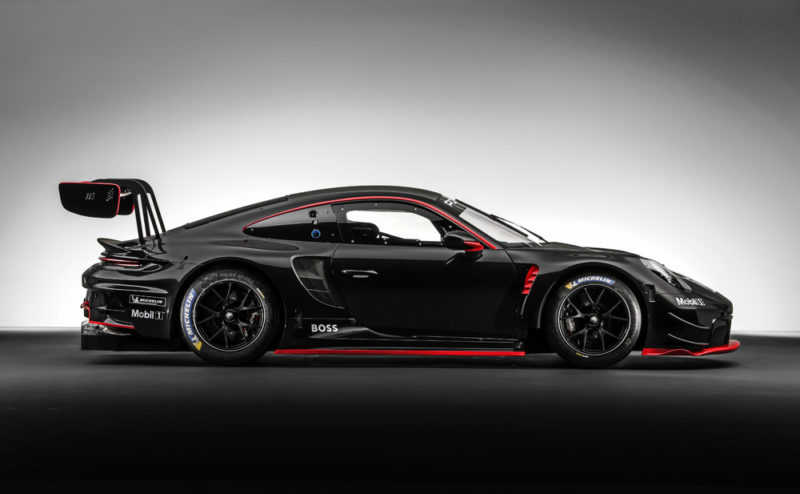
The 991-generation 911 RSR has served a long life and won many awards, but from the end of the 2023 season the king is dead. Long live the king! The new 911 GT3 R will take over where the 911 RSR left off, as the GTE class is set to die off in the FIA WEC after next season and be replaced by a simplified GT3 class. Luckily the GT3 class is already very popular in many racing series around the world, including IMSA here in North America, as well as DTM in Europe. At last weekend’s 24 Hours of Spa-Francorchamps, Porsche unveiled its new GT3-class competitor, based on the current 992-generation 911 chassis. The GT3 will remain a largely customer-team driven program, as Porsche sells dozens of these racers around the world every year. With the factory squad focused on a new LMDh program, expanding its Formula E program, and developing a new Formula One relationship with Red Bull Racing, it seems less likely that Porsche Motorsport would field any GT3 R, and would continue to work with outstanding factory-supported programs like Pfaff, Proton, and Manthey, among others. This new version features a larger engine, “more constant aerodynamic performance” and improved vehicle balance, compared to the outgoing machine.
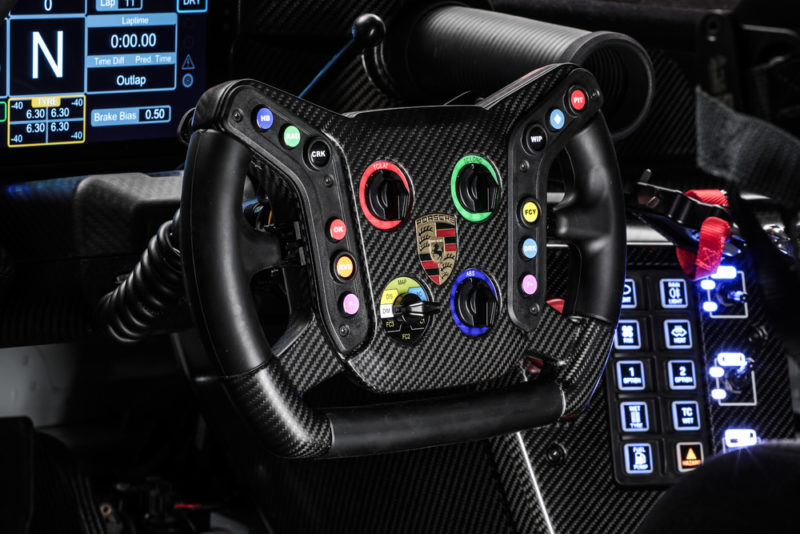
“The new 911 GT3 R has big shoes to fill,” says Michael Dreiser, Sales Director at Porsche Motorsport. “Its forerunner has won almost everything there is to win in the GT3 scene in four seasons since 2019. Its stand-out successes include overall victories at the 24-hour races at the Nürburgring and also here at Spa-Francorchamps. Raced by our customers, the predecessor scored class victories at the 24 Hours of Daytona and the 12 Hours of Sebring. The new model faces a massive workload in the hands of the Porsche customer racing teams.”
“We hit the bull’s eye with the enormously successful predecessor. Accordingly, the bar for its successor is high,” emphasises Sebastian Golz, 911 GT3 R Project Manager at Porsche Motorsport. “Our task was less about making the new 911 GT3 R even faster – the classification within performance windows set by the BoP quickly cancels out this advantage. For us, it was primarily about our customers being able to drive the racing car fast for longer. This requires durability and that’s why we focused predominantly on improved driveability. This is reflected in the new 4.2-litre engine’s broader usable rev band, more stable and constant aerodynamics and lower loads on the rear tyres, which allow their potential to last longer.”
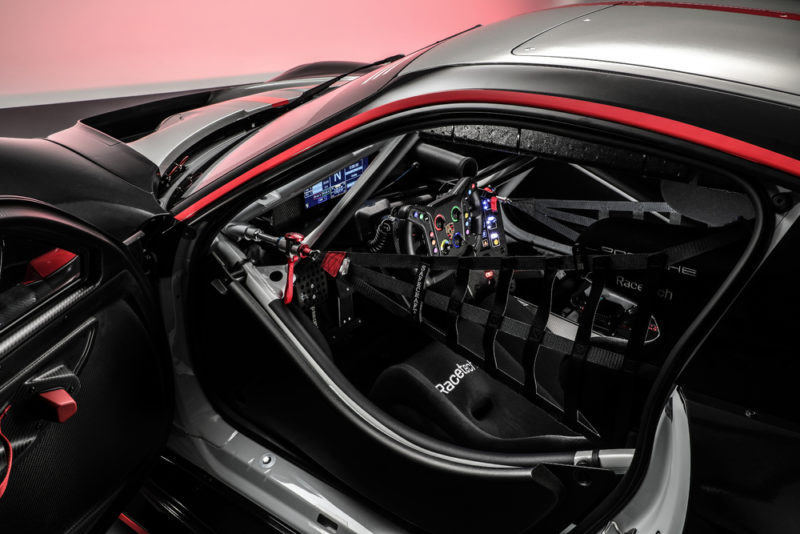
Starting this year IMSA kicked the GTLM out in favor of GTD Pro, which uses GT3 spec cars, meaning that Porsche’s new GT3 R could potentially win the 24 Hours of Daytona, the 12 Hours of Sebring, and Petit Le Mans. GT3 classed cars are already on top at legendary endurance events like the 24 Hours of Nurburgring, 24 Hours of Spa, 12 Hours of Bathurst, the Gulf 12 Hours in Abu Dhabi, and the Indianapolis 8 Hours. Starting in 2024, the GT3 R will also be eligible for all of the FIA WEC races, including the 24 Hours of Le Mans, though obviously not as the top class.
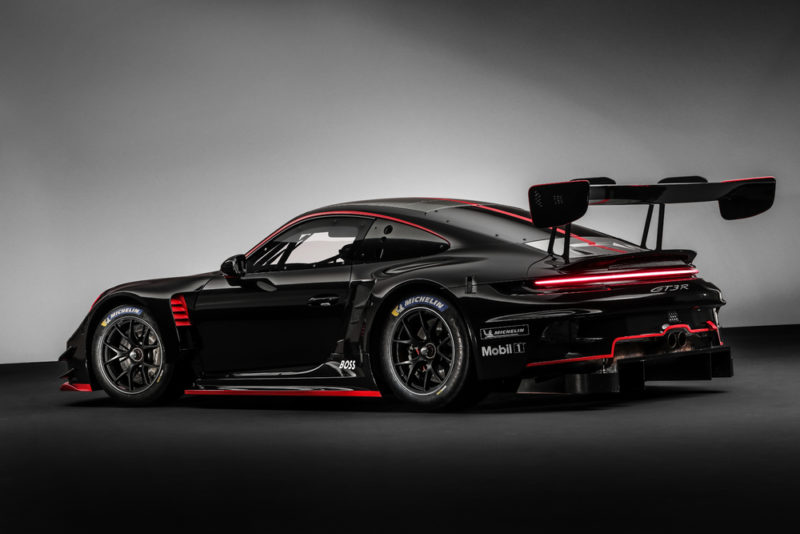
The new GT3 R includes a new 4.2-liter watercooled flat six engine with four valves per cylinder and direct fuel injection. It’s a development of the 992’s street car engine, but obviously built to a higher specification for endurance racing. The new engine is said to produce around 570 naturally aspirated horsepower, and the torque and power curves have been optimized across the entire rev range. This means the new 4.2-liter engine is more appropriate for “gentleman drivers” who pay for the experience. Putting a dentist in the new 992 GT3 R at the 24 Hours of Daytona is going to be more effective than previous generations because they won’t lose as much time in traffic if they can pick up the throttle earlier and have more torque on demand for passing. Unlike the 911 RSR, the new GT3 R doesn’t put its engine in the middle, rather preferring to stick it out back where it is in a street 911, though the engine has been canted forward by 5.5 degrees in order to fit the car with a deeper diffuser for more rear downforce. Meanwhile, the alternator and air conditioning compressor were moved to the front of the drivetrain, apparently to run off of the output of the gearbox, in order to push the weight balance of the 911 GT3 R forward a bit.
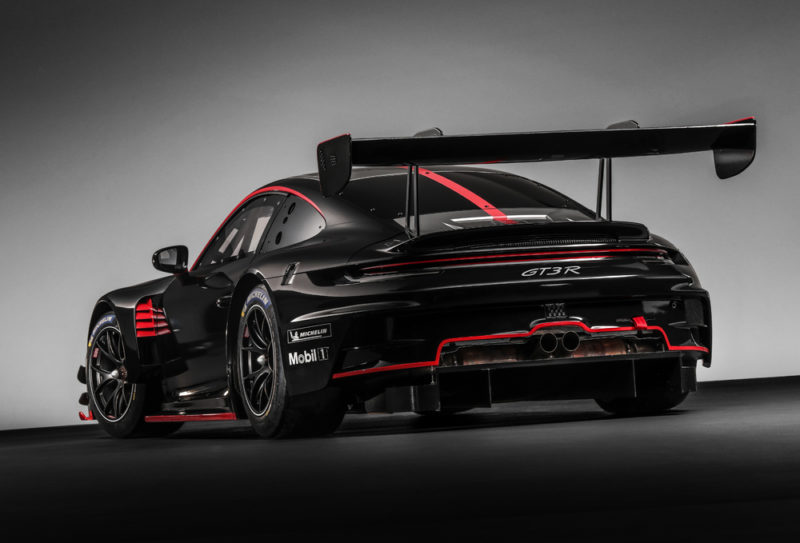
The 911 GT3 R chassis is lightweight thanks to extensive use of aluminum-steel composite. Most of the car’s bodywork is constructed from flyweight carbon fiber, including the front and rear lids, doors, side panels, rear wing and roof. The wheel arches are made of aramid fibers. The rear wing is now swan-necked for improved efficiency, and for the first time on a GT3 R, the 911 now has a completely flat belly pan leading into the diffuser. The new car is said to offer more downforce than the outgoing machine, but without a significant increase in drag. Impressive!
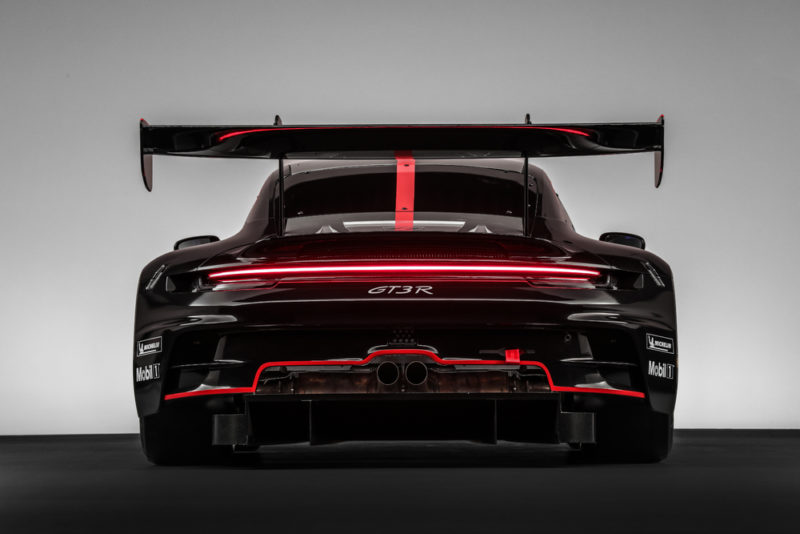
The high-performance LED headlights on the 911 GT3 R rely on ‘collimator’ technology, which come straight from Porsche’s new LMDh 963 prototype, among other racers. This device works like a magnifying glass, only in reverse. It illuminates a particularly large area of the racetrack and is a significant improvement on the predecessor model, which was previously regarded as the class leader.
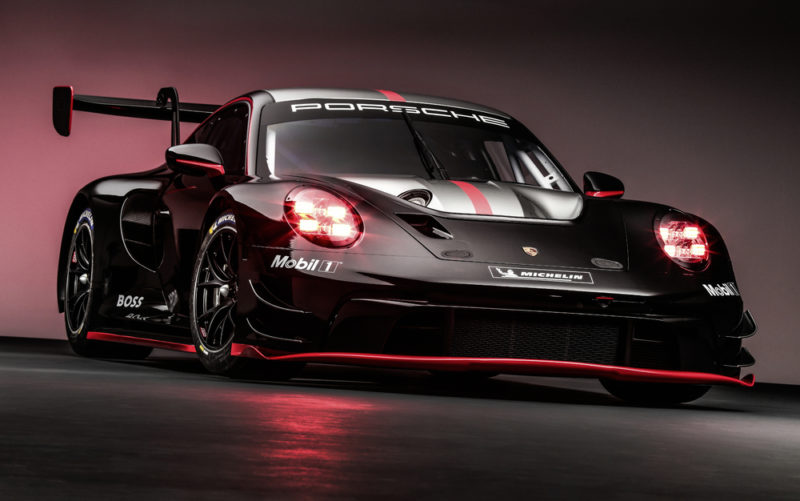
Technical data Porsche 911 GT3 R (992) model year 2023
Concept
• Single-seater customer race car; homologated for the FIA GTE category; homologation basis: Porsche 911 GT3 (992 series).Weight/dimensions
• Base weight: ca. 1,250 kg (depending of BoP classification); wheelbase: 2,507 mm.
• Length: 4,619 mm; width: 2,039 mm (front axle) / 2,050 mm (rear axle).Engine
• Water-cooled six-cylinder boxer, rear-mounted; capacity 4,194 cc, stroke 81.5 mm, bore 104.5 mm; max rpm 9,250/min; power: ca. 416 kW (565 PS); four-valve technology; single throttle butterfly system; direct fuel injection; engine control unit Bosch MS 6.6; dry sump lubrication with oil-water heat exchanger; single mass flywheel; race exhaust system with twin tailpipes and DMSB certified catalytic converter; fuel quality: Superplus unleaded to E20 (min. 98 octane).Transmission
• Porsche six-speed sequential constant-mesh gearbox; shift paddles on the steering wheel with electronic shift actuator; mechanical limited slip differential with adjustable preload system unit; three-plate carbon race clutch.Body
• Lightweight body featuring intelligent aluminium-steel composite design; mounting points for lifting device, removable rescue hatch in the roof; welded-in roll cage; approved for co-driver use on circuits; six-bolt carbon racing seat pursuant to FIA 8862-2009; six-point safety harness for use with HANS®; longitudinally adjustable pedal assembly and adjustable steering column with steering angle senor; front cover with integrated quick-release fasteners, cooler exit-air duct and central air intake for cockpit ventilation; widened front bumper with spoiler lip; fenders with extensions; rear trim with integrated rain light in accordance with FIA; doors, carbon-fibre rear lid and rear wing; rear wing with “swan neck” mounts; fully polycarbonate glazing with hard coating; heated windscreen; four-post air jack system; valve mounting points on either side; 117-litre FT3 fuel cell in front of the car.
• Carbon-fibre interior trim, multifunctional carbon-fibre steering wheel with quick release coupling, shift paddles and illuminated push buttons; ergonomic digital touch panel with multi-color backlighting; safety nets (center and driver’s side) in accordance with latest FIA safety regulations; integrated CFK side impact protection; drivers’ seat with seat ventilation; fire extinguishing system with electronic release unit.Suspension
• Forged aluminium control arms and top mounts, stiffness optimised; highy-duty spherical bearings with dust protection; wheel hubs with central locking; five-way adjustable racing shock absorbers, motorsport-specific valve design and blow-off function; suspension adjustment via shims; sword-type anti-roll bars adjustable on both sides; spring travel potentiometer; tyre pressure monitoring system.Front axle:
• Double wishbone front axle, adjustable ride height, camber and toe.
• Electro-hydraulic power steering.
• Single-piece alloy rims, 12.5J x 18, tyre size 30/68-18.Rear axle:
• Multilink rear suspension, adjustable ride height, camber and toe.
• Racing driveshaft with tripod flanges.
• Single-piece alloy rims, 13.5J x 18, tyre size 31/71-18.Brakes
• Two independent brake circuits incorporating front and rear axle brake pressure sensors, driver adjustable brake-force distribution via brake balance system; racing brake pads; optimised brake ducting; brake temperature sensors; ergonomic brake pedal positioning for left and right foot braking.
• Generation 5 racing ABS from Bosch
• Front axle: Six-piston aluminum monobloc racing brake callipers ‘anti knock-back’ piston springs; internally vented multi-piece 390 mm x 35.7 mm steel brake discs; aluminium brake disc chamber.
• Rear axle: Four-piston aluminum monobloc racing brake callipers with ‘anti knock-back’ piston springs; internally ventilated multi-piece 370 mm x 32.1 mm steel brake discs; aluminium brake disc chamber.Electrical system
• 992 EE Motorsport architecture; new easier-to-use Porsche toolset with more streamlined handling; latest generation Cosworth electronic components; Porsche Logger Unit; Porsche power box; 10.3-inch Porsche colour display with integrated RLU, data recording via USA stick; leak-proof LiFePo4 battery 12V, 40 Ah in the passenger footwell; 210 A alternator; digital touch panel with multi-colour backlighting; single-arm windscreen wiper with direct drive (intermittent and continuous).
• LED headlights with integrated auxiliary lights; LED taillights plus rain light. Attachments for Accident Data Recorder (ADR).
